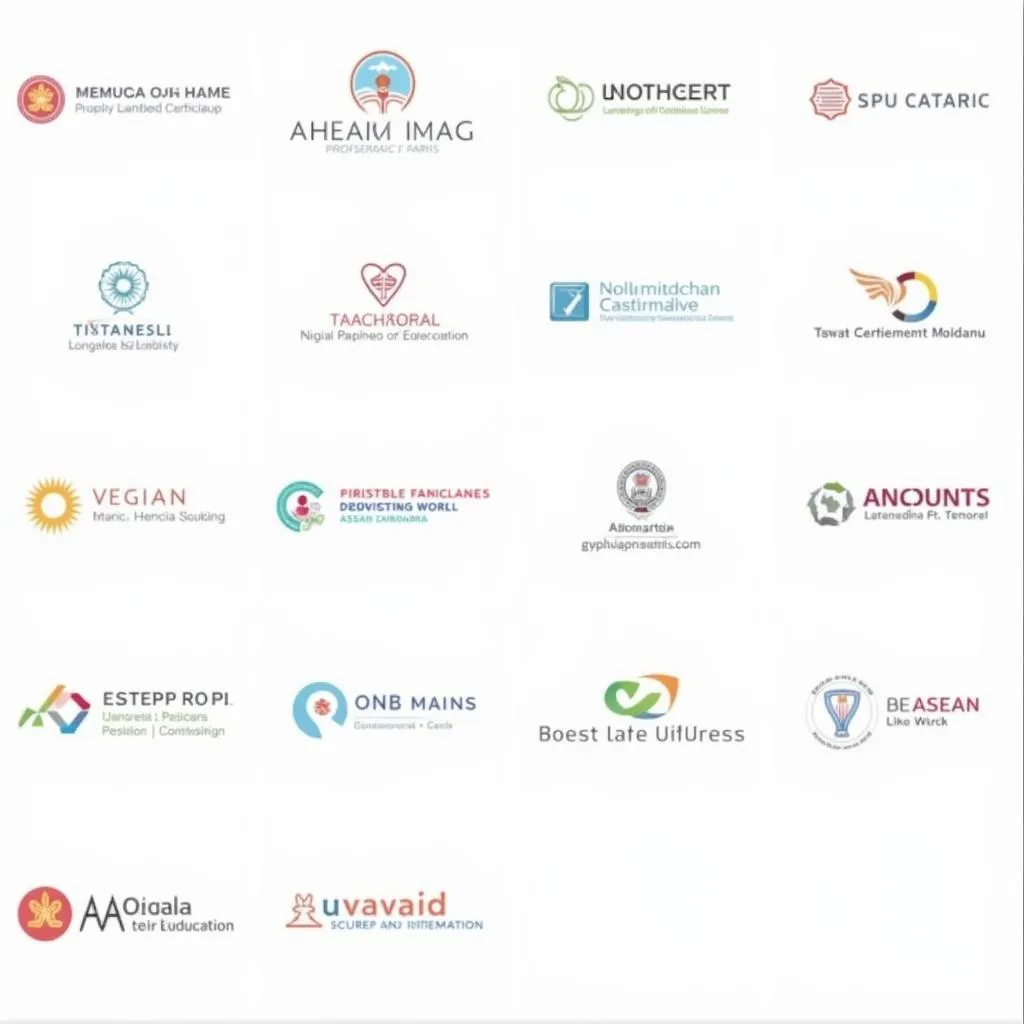The Association of Southeast Asian Nations (ASEAN) is a regional intergovernmental organization comprising ten member states located in Southeast Asia. Established in 1967, ASEAN has become a prominent force in promoting economic growth, political stability, and social progress within the region. However, like any organization, ASEAN also faces its own set of challenges and opportunities. This article delves into the Advantages And Disadvantages Of Asean, providing a comprehensive analysis of its impact on the Southeast Asian landscape.
Advantages of ASEAN
Economic Integration and Growth
One of the most significant advantages of ASEAN is its commitment to economic integration and growth. The organization has implemented various initiatives, including the establishment of free trade agreements (FTAs), to facilitate trade and investment among member states. These initiatives have led to increased economic activity, job creation, and improved living standards across the region.
“ASEAN’s economic integration has been instrumental in driving growth and development within the region. The organization has created a favorable environment for businesses to flourish and has fostered a sense of economic cooperation among member states.” – Dr. Nguyen Van Minh, Economist
Political Stability and Security
ASEAN’s focus on political stability and security has played a vital role in maintaining peace and order within the region. The organization has adopted a policy of non-interference in the internal affairs of member states and has worked to resolve disputes through peaceful means. This approach has helped to prevent conflicts and maintain a relatively stable political environment in Southeast Asia.
Cultural Exchange and Diversity
ASEAN’s cultural diversity is a significant strength. The organization promotes cultural exchange and understanding among its member states, fostering a sense of regional identity and pride. ASEAN’s cultural programs, festivals, and events showcase the rich heritage and traditions of Southeast Asia, promoting tourism and strengthening regional ties.
Global Influence
ASEAN has gained significant global influence due to its economic growth, political stability, and strategic location. The organization has established partnerships with major global powers and has played an active role in shaping international policy on issues such as climate change, cybersecurity, and human rights.
Disadvantages of ASEAN
Uneven Economic Development
Despite its economic progress, ASEAN faces the challenge of uneven economic development. There are significant disparities in income levels, infrastructure, and technological advancements between member states. This gap can create social tensions and hinder regional cooperation.
“While ASEAN has made strides in economic development, the uneven distribution of wealth and resources remains a concern. Closing the gap between rich and poor countries is crucial for sustainable and inclusive growth within the region.” – Prof. Lim Chin Siong, Political Scientist
Political Challenges
ASEAN has also encountered political challenges. Some members have experienced political instability, human rights violations, and democratic backsliding. These issues can undermine regional cooperation and affect the organization’s effectiveness in addressing key concerns.
Environmental Sustainability
ASEAN faces significant environmental challenges, including deforestation, pollution, and climate change. The rapid economic growth in the region has placed a heavy burden on natural resources, and sustainable development practices are essential to protect the environment and ensure the long-term prosperity of the region.
Lack of Enforcement Mechanisms
ASEAN lacks strong enforcement mechanisms to ensure compliance with its decisions and regulations. This can weaken the organization’s authority and make it difficult to address issues related to human rights, environmental protection, and political reform.
Conclusion
ASEAN has played a crucial role in promoting economic growth, political stability, and cultural exchange in Southeast Asia. However, the organization faces challenges related to uneven economic development, political instability, environmental sustainability, and a lack of enforcement mechanisms. To address these challenges and ensure the long-term success of ASEAN, member states must continue to work together to foster inclusive growth, strengthen regional institutions, and address shared concerns.
FAQ
1. What are the main goals of ASEAN?
ASEAN’s primary goals are to accelerate economic growth, social progress, and cultural development; to promote regional peace and stability; and to strengthen cooperation among member states.
2. How does ASEAN promote economic integration?
ASEAN promotes economic integration through the establishment of free trade agreements, the harmonization of trade policies, and the promotion of investment among member states.
3. What are some of the challenges faced by ASEAN in achieving its goals?
ASEAN faces challenges such as uneven economic development, political instability, environmental degradation, and a lack of enforcement mechanisms.
4. What is the future of ASEAN?
The future of ASEAN depends on the continued commitment of member states to work together to address shared challenges and opportunities. The organization has the potential to become a leading force in global affairs, promoting peace, prosperity, and sustainable development in Southeast Asia and beyond.
5. How can I learn more about ASEAN?
You can learn more about ASEAN by visiting the official website of the organization, reading publications from ASEAN member states, or attending events hosted by ASEAN.

